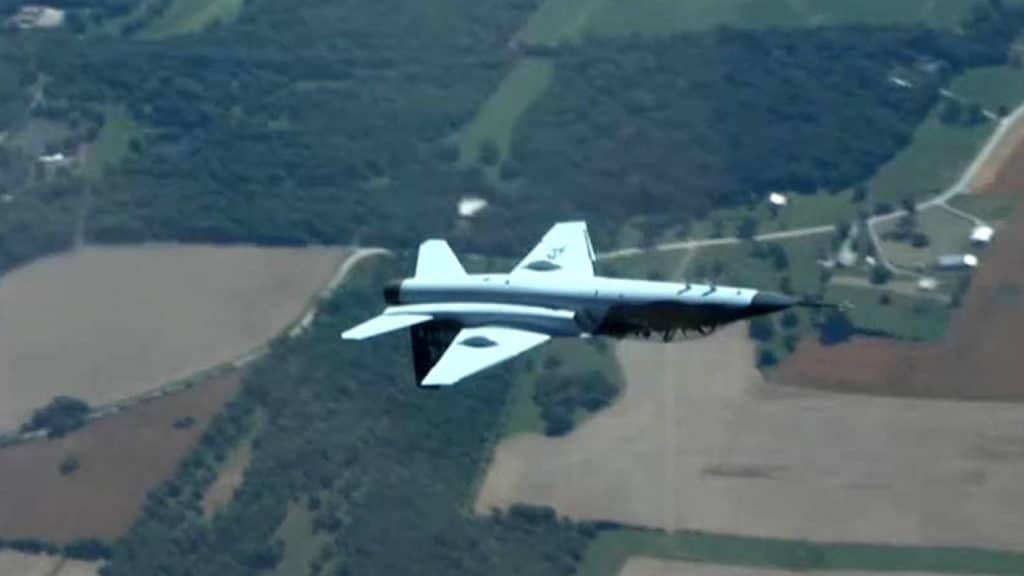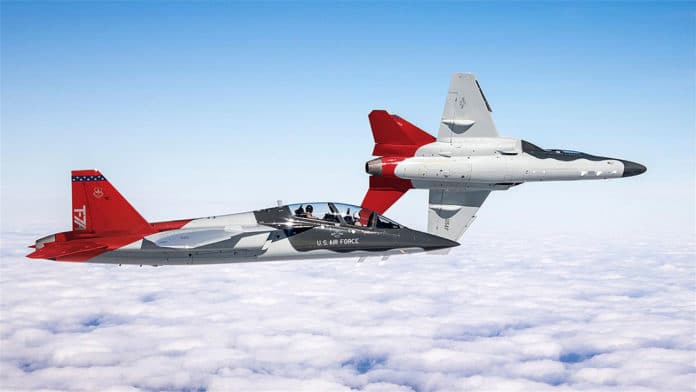The American aircraft manufacturer Boeing tested its T-7A Red Hawk Advanced Trainer, being developed for the United States Air Force, in its first inverted flights. During the test, pilots flipped the plane more than a dozen times, and each time the inverted flight was longer.
Boeing test and evaluation pilots Matt Giese and William Berryman have been commissioned to perform a series of maneuvers to test the jet’s fuel system at all angles. Tests verified that the aircraft‘s systems operate at full power with sustained negative-g forces.
“What we do is roll the airplane upside down,” said Dan Draeger, chief pilot, Boeing Tactical Aircraft, Boeing Test & Evaluation. “We need to make sure that things like fuel, oil, and everything else feed properly to the airplane during all maneuvers.”

This type of flight for aviation engineers fulfills a very serious purpose because it checks how the jet copes with a heavy load in complicated maneuvers. We’re talking about the panels themselves, the fuel delivery system, and the engines, so this type of test is extremely important.
Boeing says the series of tests went according to plan, and the Saab-designed fuel system for the T-7A worked as expected. The fuel system is efficient and reliable in the advanced jet as it prepares for a life of future training missions and beyond.
The T-7A flight test program is now 80% complete. The T-7A was designed, built, and flown in just 36 months using state-of-the-art design and manufacturing techniques. The aircraft will train fighter pilots of the future with an advanced cockpit, digital fly-by-wire controls, and an integrated ground-based training system.
The T-7A Red Hawk is developed by Boeing and Saab under a U.S. $ 9.2 billion contract for an initial order of 351 aircraft and 46 simulators, as well as ground equipment to replace the aging T-38 Talon fleet. This simulator will be used to train the first instructors, who will then train cadets to fly on a new training aircraft.
